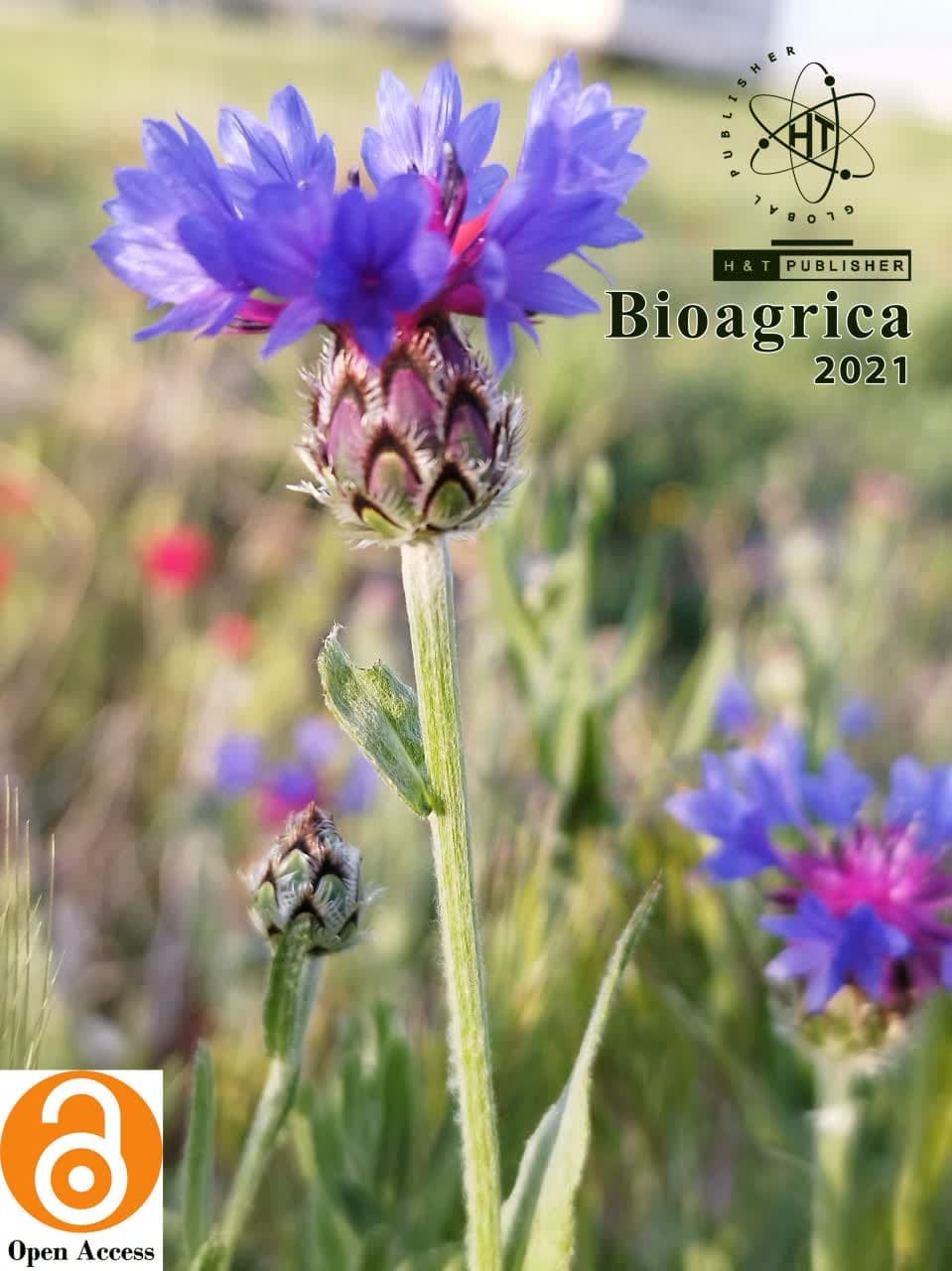
This study was conducted to compare the forage quality of two native halophyte species Camphorosma monspeliaca and Limonium iranicum collected from Meighan saline rangelands near Arak city in central Iran. Edible biomass of both species was sampled on three phonological stages (vegetative growth, full flowering, and seed ripening). Forage quality indices such as Crude Protein (CP), Dry Matter Digestibility (DMD), Dry Matter Intake (DMI), Metabolizable Energy (ME), Acid Detergent Fiber (ADF), Neutral Detergent Fiber (NDF), and Phosphorus (P) were evaluated. The results showed significant differences (p<0.01) between species and phenological stages. L. iranicum had the highest CP (14.62%) in the vegetative stage while C. monspeliaca had the lowest CP (5.39%) in the flowering stage. C. monspeliaca also exhibited the highest Relative Feeding Value (RFV=135.9), which was significantly different from that of L. iranicum. In both species, the CP, DMD, and ME were decreased with progressing phonological stages while ADF and NDF, increased.